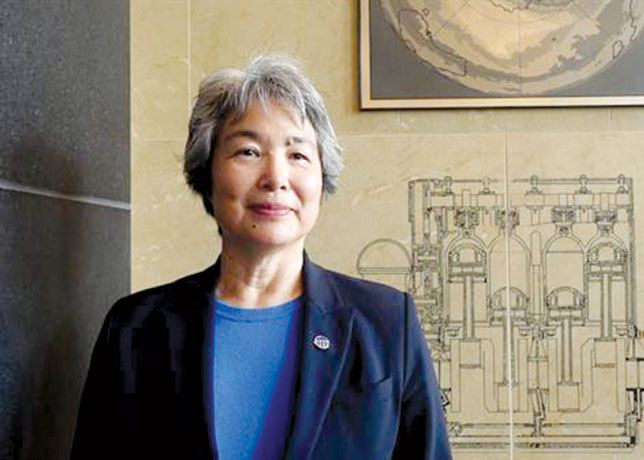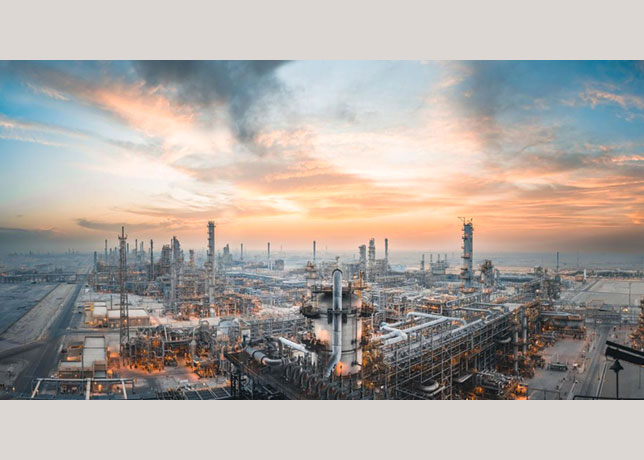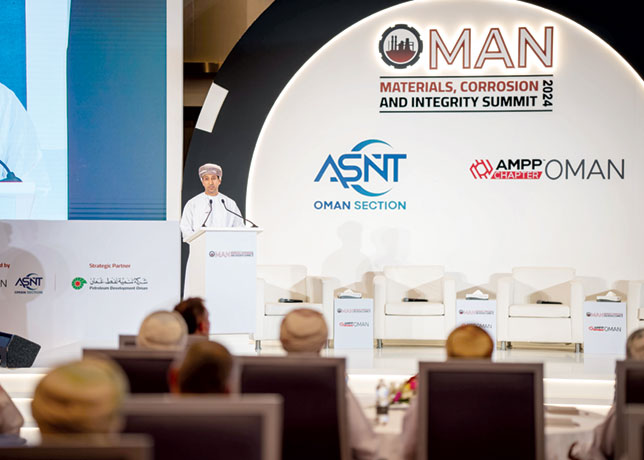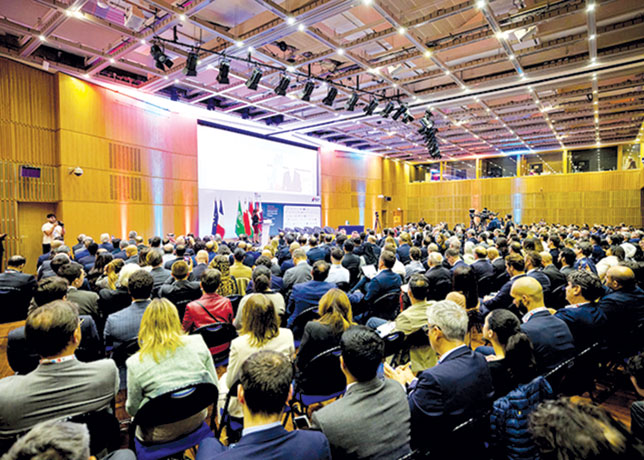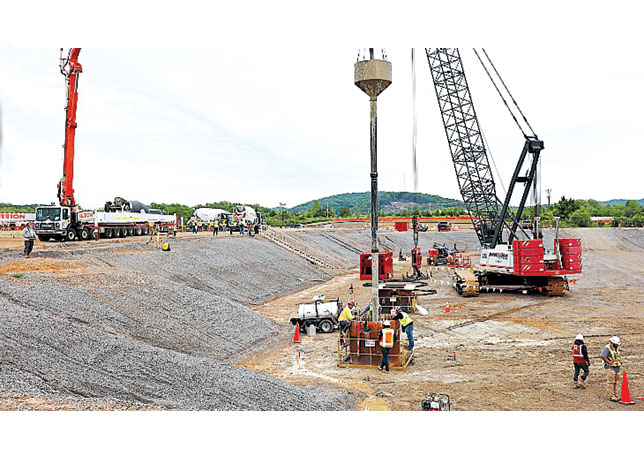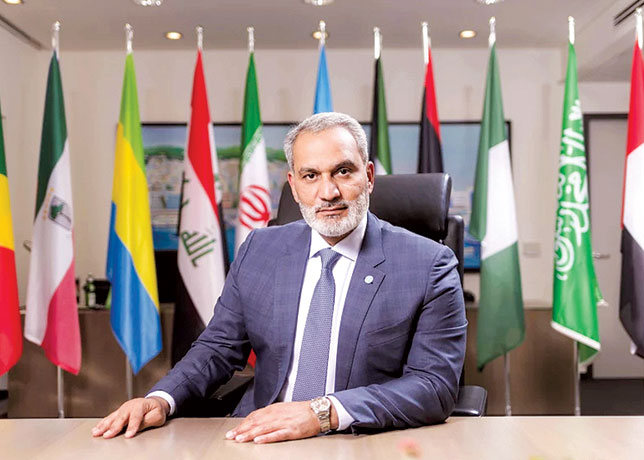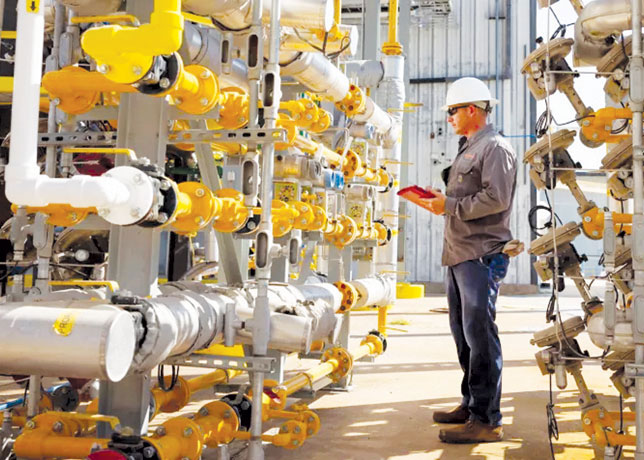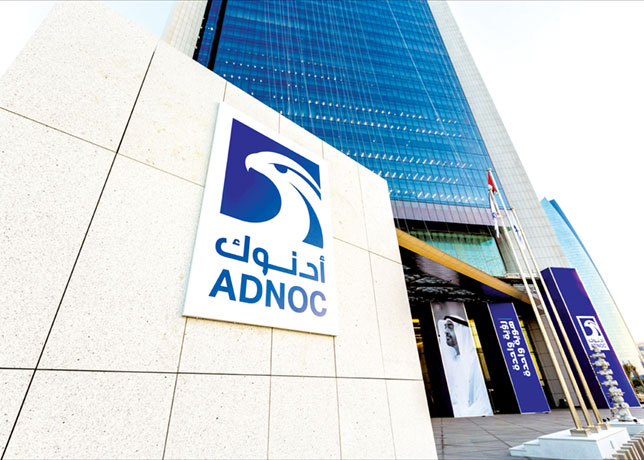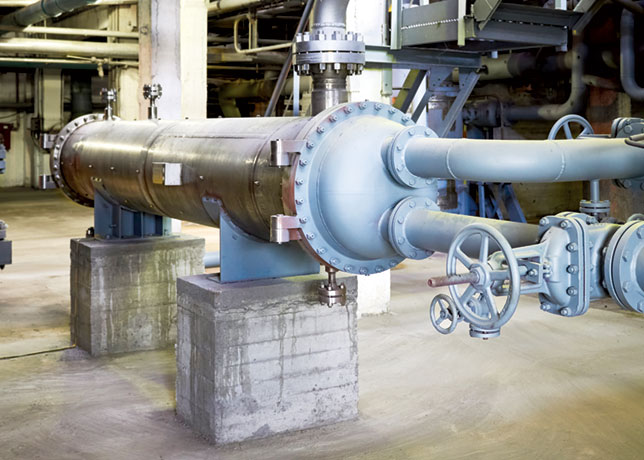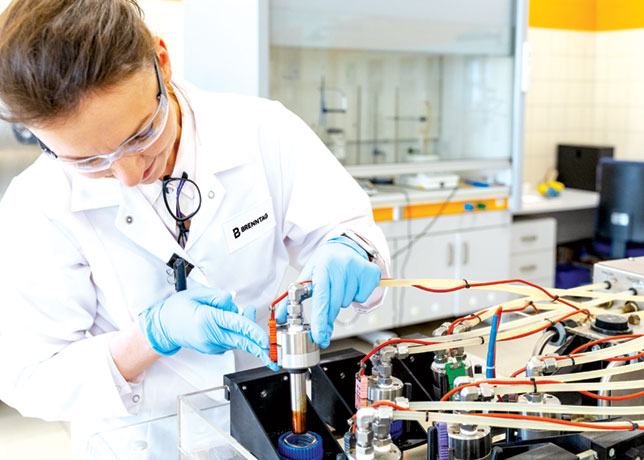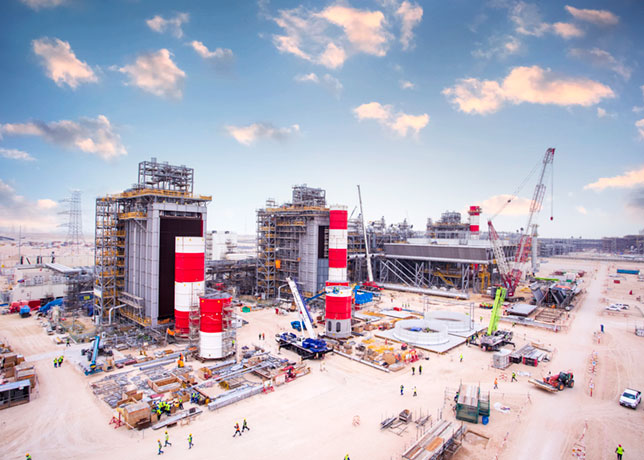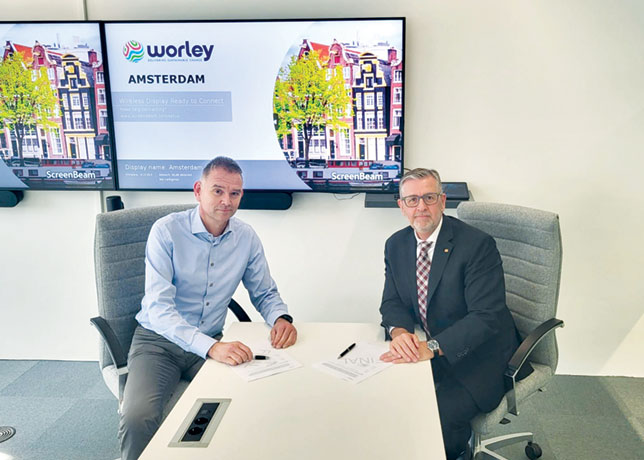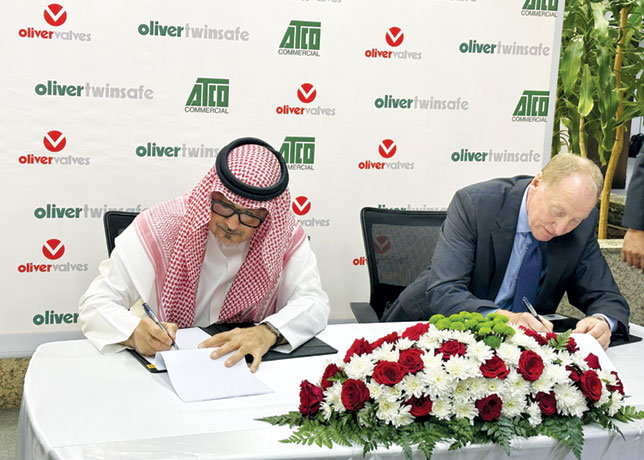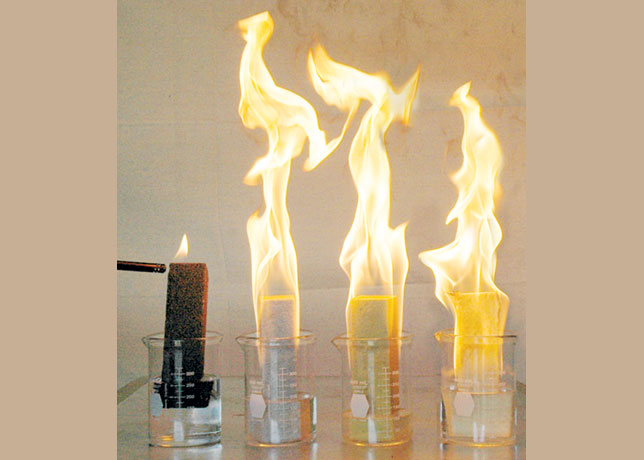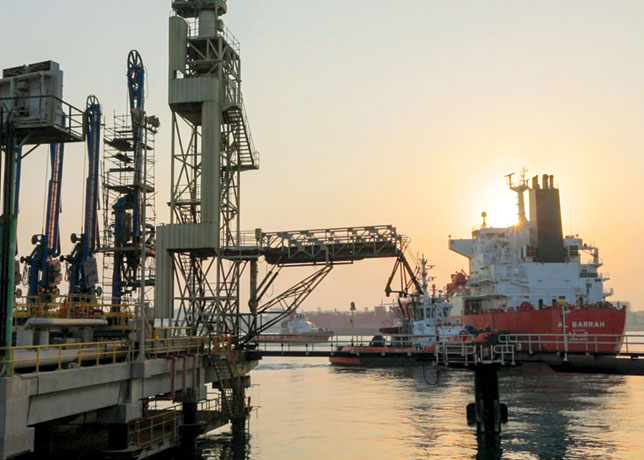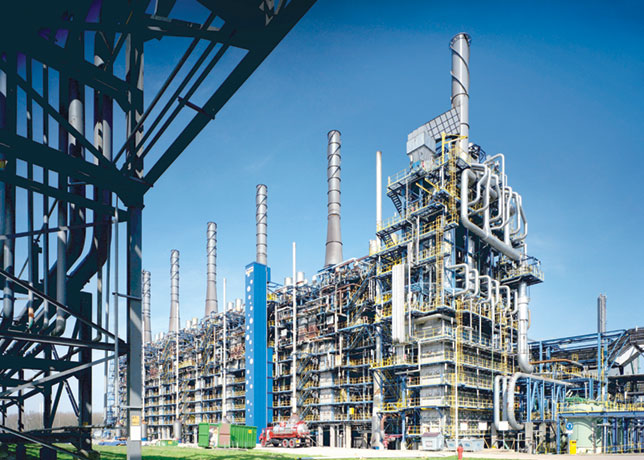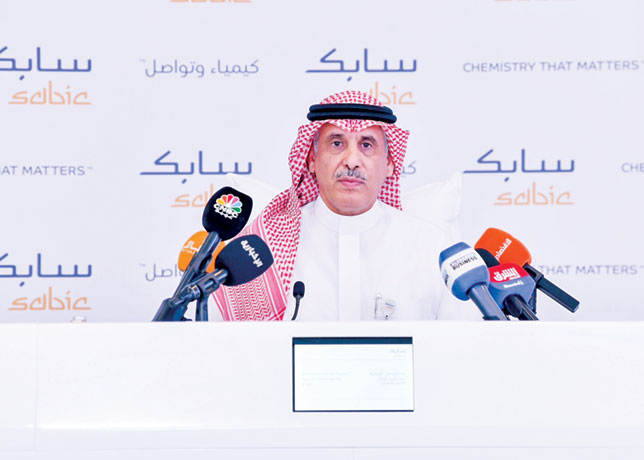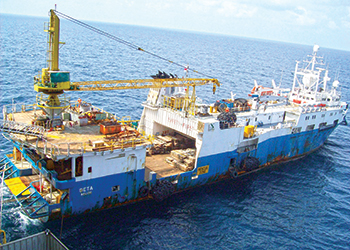
 PTTEP … diversified asset base
PTTEP … diversified asset base
While substantial asset base across asset life cycle and geographies have strengthened the company’s operations, declining oil prices and exploration and development risks could affect its operations, says a report
PTT Exploration and Production Public Company Limited (PTTEP) is an independent upstream oil and gas group. The group explores, develops and produces oil and gas from its asset base. Substantial asset base across asset life cycle and geographies coupled with complementary investments have strengthened the company’s operations.
Portfolio optimisation initiative and increasing downstream investments across the globe could provide the company new growth opportunities. However, declining oil prices and exploration and development risks could affect its operations, says GlobalData in a strength, weaknesses, opportunities and threats (SWOT) analysis of the company.
STRENGTHS
Increasing net working capital: PTTEP reported increase in its net working capital during FY2014. Increasing net working capital coupled with increase in cash component and declining non cash component has strengthened the group’s operations. For the FY2014, the group reported 85 per cent increase in its net working capital to THB 89,204 million over THB 48,3356 million in FY2013. Such increase was due to 37 per cent increase in its total current assets during FY2014.
For the FY2014, the group reported 4.5 per cent decline in its non-cash components to THB 53,358.7 million over THB 55,882.2 million in FY2013. Its non-cash component accounted for 29 per cent of total current assets in FY2014 as compared to 41.6 per cent in FY2013. In FY2014, the group reported 66 per cent increase in its cash and short term investments to THB 130,771 million over THB 78,836 million in FY2013. Its cash component accounted for 71 per cent of its total current assets in FY2014 as compared to 58.5 per cent in FY2013.
Complementary investments: PTTEP’s upstream business operations are strengthened with its investments in supportive businesses which has enabled the group to reduce its costs. PTTEP in association with its joint venture partners has investments in pipeline operations. The pipeline investments enable the group to transport natural gas from projects namely the Yadana, Zawtika, and Yetagun projects.
PTTEP Offshore Investment Company Limited, its subsidiary has investments such as 80 per cent holding interests in Andaman Transportation Limited (ATL), 25.5 per cent in Moattama Gas Transportation Company (MGTC), and 19.32 per cent in Taninthayi Pipeline Company (TPC).
This investment in pipeline project has helped the group to minimise the transportation costs in its overseas assets located in South East Asia. In addition to the core operations, the group has investments in energy related businesses.
Its energy related investments include, investment in Energy Complex Company Ltd (ECC), PTT ICT Solutions Company Limited (PTTICT), and PTTEP Petroleum Development Support Base (PSB). ECC is into property development and energy complex management. PTTICT is into information and communication technology services. PSB supports the group’s exploration and production projects.
Assets across life cycle: PTTEP has a strong base of upstream assets spread across diverse geography. Diversified asset base has strengthened the group’s upstream business operations. The group carries out international projects in Malaysia, Indonesia, Cambodia, Myanmar, Vietnam and Australia. The group performs its exploration and production operations either as an operator or as a joint venture partners with other oil and gas companies.
The group’s assets are at various stages of its life cycle. As of December 2014, the group has working interest in approximately 43 projects in 11 countries across the globe, including 15 in South East Asia, one in Australasia, 18 in Thailand, seven in Africa and Middle East, and one each in South and North America.
As of December 2014, the group’s 22 projects are in production phase, 19 in exploration phase and two in development phase. Assets across diverse geography and phases of asset lifecycle has enabled the group to enhance its exploration and production activities.
WEAKNESSES
Weak reserve replacement ratio: PTTEP reported decline in its reserve volumes for the FY2014. Inability to retain its reserve volume could affect its operations. As of December 2014, the group’s total 1P reserve volume declined 8.2 per cent to 777 MMboe over 846 MMboe in FY2013.
During 2014, the group was unable to replace its reserve volume. For the FY2014, the group reported organic reserve replacement ration (RRR) of 55 per cent, which was below the standard mark of 100 per cent. It reported 25 per cent decline in oil reserves and 1.6 per cent decline in gas reserves during FY2014. For the FY2014, its organic RRR for oil and gas reserves stood at 60 per cent and 50.1 per cent respectively. As of December 2014, its reserve life index (RLI) stood at six years.
Increasing costs: PTTEP reported increase in its operating costs during FY2014. Increasing operating costs could affect the group’s operations. For the FY2014, the group reported 65 per cent increase in its total operating costs to THB 188,013 million over 114,027 million in FY2013. Its operating costs as a percentage of sales increased to 76 per cent in FY2014 over 51 per cent in FY2013. Increasing operating costs affected the group’s operating and net income. For the FY2014, the group reported 46 per cent decline in its operating income to THB 59,804.3 million. Its net income declined 62 per cent to THB 21,490 million in FY2014 over 56,185 million in FY2013. Its operating and net profit margin declined to 24 per cent and 8.6 per cent respectively in FY2014 over 49.3 per cent and 25 per cent in FY2013.
OPPORTUNITIES
Globally available natural gas reserves: PTTEP is a major independent oil and gas exploration and production group. The group has assets across the world. It could further enhance its operations with the undeveloped natural gas assets. According to EIA, the global shale gas reserves amount to around 1.3 trillion boe. Of the total, China accounts for 15 per cent, Argentina 11 per cent, Algeria 10 per cent, the US 9 per cent, Canada 8 per cent, Mexico 7 per cent, Australia 6 per cent, South Africa 5 per cent and Russia 4 per cent.
Brazil, Venezuela, Poland, France and Libya are the other countries with significant resource potential. Globally, conventional natural gas reserves are also plentiful, with the Middle East and Eurasia (mainly Russia) accounting for 72 per cent of the total. Proven gas reserves in Russia amount to approximately 330 billion boe, the world’s largest by far. For 2013, conventional global natural gas reserves are reported in the Opec Annual Statistical Bulletin (ASB) 2014 at approximately 1.3 trillion boe. According to EIA, there is another 1 trillion boe of technically recoverable, undiscovered conventional natural gas. Russia also ranks highest in this category at over 40 billion boe.
Increasing downstream investments: PTTEP could further enhance its operations with the increase in downstream investments across the world. Investment requirements for the refining sector are grouped into three major categories. The first is for the identified projects that are expected to go ahead. The second is for capacity additions – over and above known projects – that are needed to provide adequate future refining capacity up to 2040. And the third covers the maintenance of the global refining system and the necessary capacity replacement.
According to WOO2014, for the ongoing projects, which are expected to come online by 2019, total investments are expected to be approximately $90 billion. China alone accounts for some $50 billion of this amount. From the required investments of $450 billion for the above assessed projects, more than 45 per cent, or $200 billion, is projected to be in Asia-Pacific. In terms of regions, China accounts for $90 billion of the long-term investments, while other sub-regions in Asia-Pacific account for around $110 billion.
The combining of all three major categories results in investment requirement of $1.6 trillion in the global refining sector up to 2040. Of this total, $250 billion is needed for investment in existing projects, $450 billion for required additions and around $900 billion for maintenance and replacement.
Portfolio management: 2014: PTTEP focuses on strengthening its operations through portfolio management initiatives. In FY2014, the group carried out various optimization initiatives. In FY2014, the group restructured its ownership in the Mariana Oil Sands Project. The restructuring provides PTTEP the flexibility to adjust its portfolio and the timing of its capital expenditures, based on the current market situations, to achieve optimal investment returns. In FY2014, the group acquired Hess Corporation’s subsidiaries which own interests in natural gas projects onshore and offshore Thailand. The acquisition adds producing assets that contribute immediate revenue stream, accretion of volume growth and reserves and enhance its position in Thailand.
THREATS
Exploration production and development risks: Future oil and gas exploration and production may involve unprofitable efforts, not only from dry wells but also from producing wells, when they are not commercially viable. The combination of technology and recovery cost may be higher than revenue earned owing to production.
In addition, drilling hazards and environmental damage could led to well shut down. Operational risks such as unexpected formations or pressure, bow-outs and fire which could result in loss of life and damage to properties would cause production delays and permanent well shut downs. The group has a higher degree of threat due to future exploration development and production uncertainties. This could affect the group’s future revenue.
Vehicle technologies limiting demand: PTTEP’s business operations could get affected with the improvement in vehicle technologies across the globe. Beyond volume patterns, oil demand in the road transportation sector is determined by the efficiency of the vehicle fleet using internal combustion engines (ICE), and the pace of development and penetration of vehicle technologies, including hybrids and non-petroleum-based engines.
The efficiency of ICE vehicles will be determined by policies, technological developments and consumer preferences, as well as scrappage rates, the choice between gasoline and diesel for passenger cars, and possible changes in the scope for efficiency improvements in commercial vehicles.
Declining oil prices: The group’s revenue, profitability, and rate of growth are substantially dependent on the prices of oil. With the commencement of crude oil export by the US, global oil prices have declined over the past two months. The export of crude by the US is at record levels. According to the US Census Bureau, 389,000 bbl/d of crude oil was exported in August 2014. This was almost the highest level of exports in 57 years.
In August 2014, 378,000 bbl/d of crude oil was exported to Canada and 11,000 bbl/d to Switzerland. The crude oil prices in the global market declined over the past few months.







